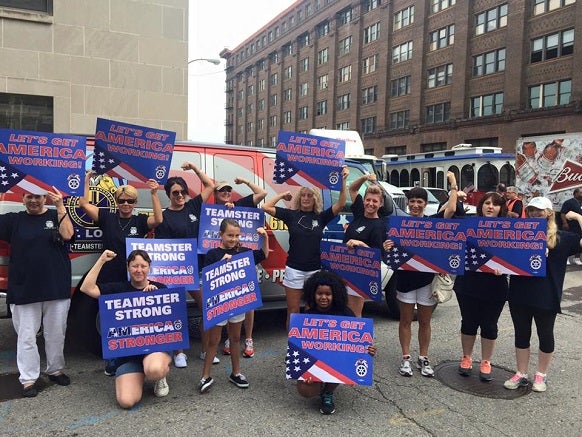Uncategorized
The Problem of Part-Time Work in America

In the years since the end of the Great Recession, there has been evidence that jobs have been coming back. The unemployment rate, for example, fell to 4.6 percent in November, the lowest it’s been since August 2007. Job hours, however, are another story.
A new report released by the Economic Policy Institute this week explains that there has been a structural shift by a few key industries that has resulted in some 6.4 million Americans working involuntarily in part-time work. And that won’t change unless action is taken.
The document, authored by Lonnie Golden, a Penn State economics professor and analyst for the University of Illinois’ Project for Middle Class Renewal, finds that the number of people working part time when they really are seeking full-time work has increased 44.6 percent since 2007. That’s a sign that more needs to be done, he said.
“The increase is almost entirely due to the inability of workers to find full-time jobs, leaving many workers to take or keep lower-paying jobs with less consistent hours to make ends meet,” said Golden. “In several industries, relying more on part-time work seems to have become the ‘new normal.’”
The issue is worst in the retail and hospitality industries, where 54.3 percent of part-time workers want to be working a 40-hour week instead. It also hits African Americans and Latinos the hardest.
And because of their lack of work, part-time workers must deal with uncertain hours more than twice as much as their full-time colleagues. They’re also more likely to be paid less and receive few or no benefits, including health insurance.
There are some steps government can implement, however, to make improvements. Predictable scheduling measures, like the one approved in Seattle in September, helps part-time workers by giving them more certainty that allows them to better plan for child care or even other jobs.
Part-time workers deserve to have their problems addressed.